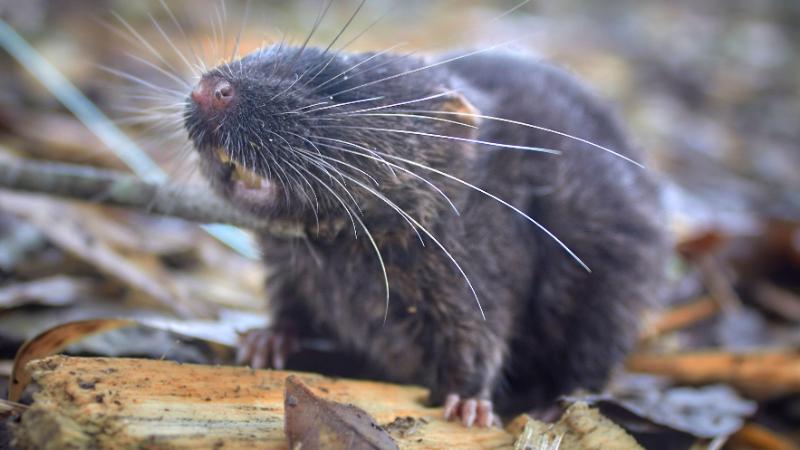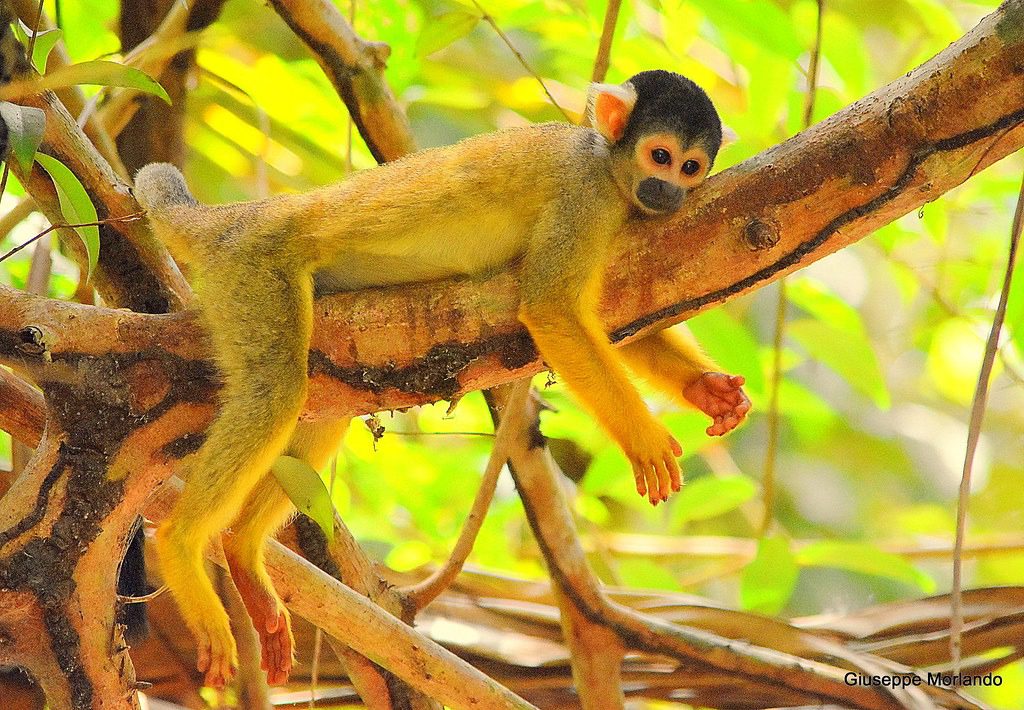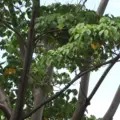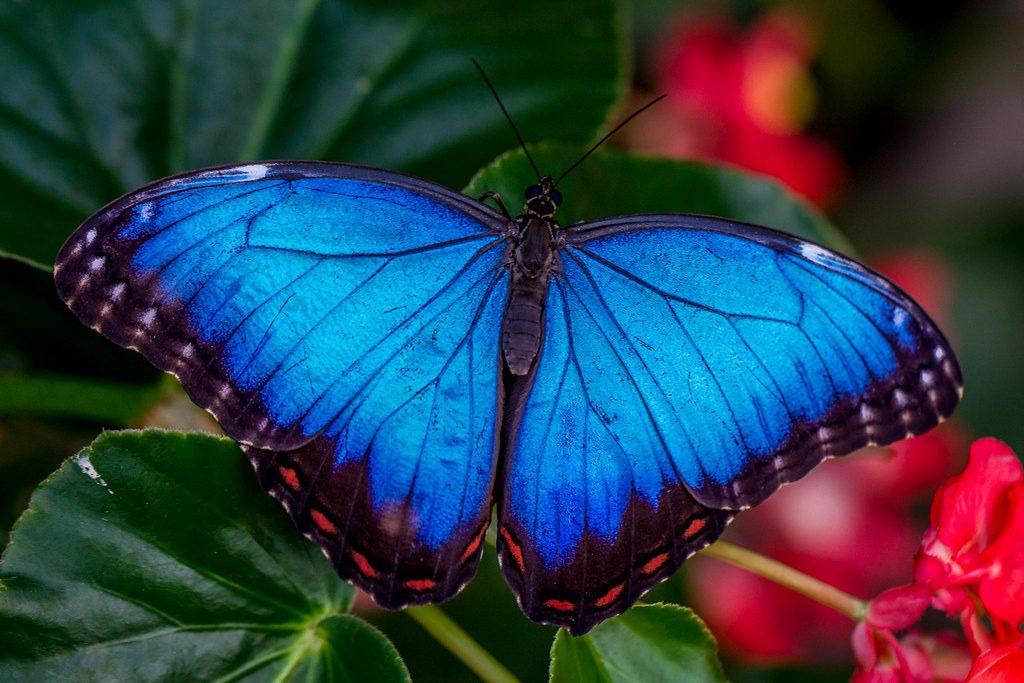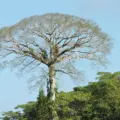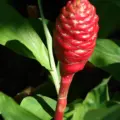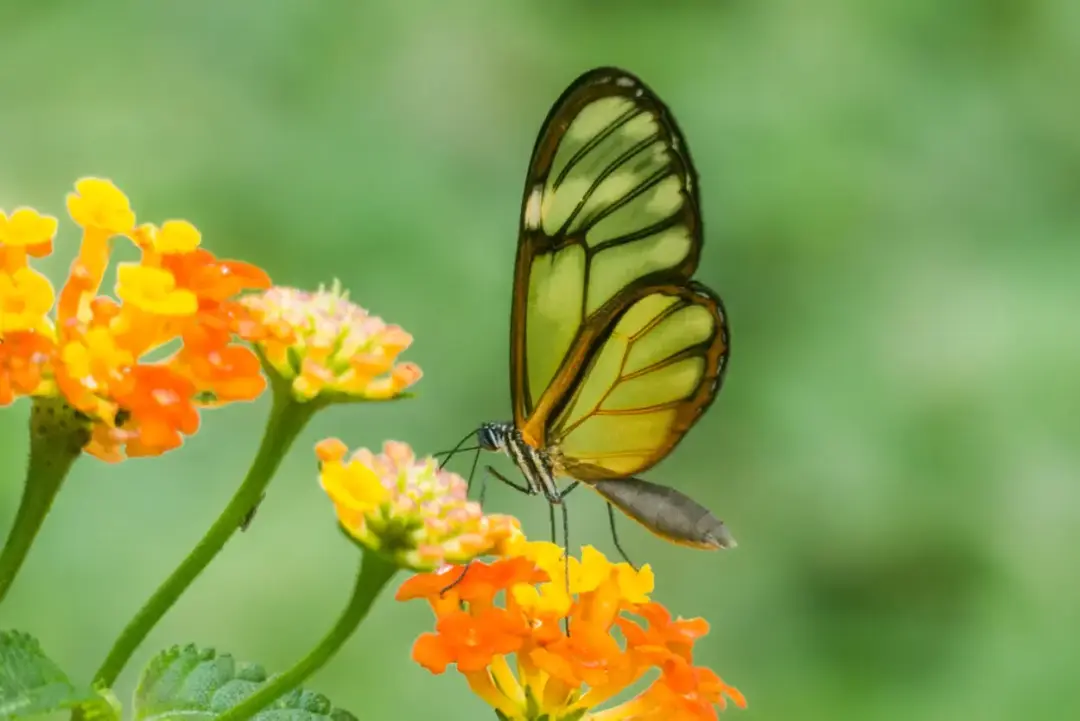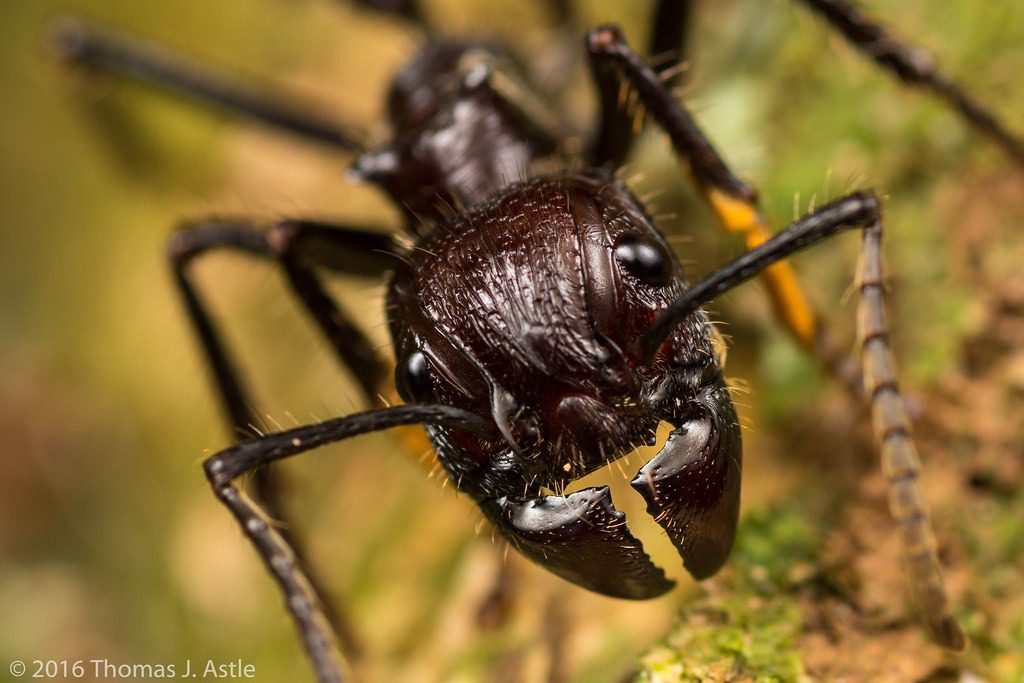Dwarf squirrels are among the most fascinating and elusive members of the squirrel family. Tiny, agile, and often hidden in dense forest canopies, these creatures have captivated scientists and animal lovers alike. From the rainforests of the Amazon to the exotic treetops of Southeast Asia, dwarf squirrels are remarkable for their size, adaptability, and in some cases, their newly discovered status.
Overview of Dwarf Squirrels
What is a Dwarf Squirrel?
A dwarf squirrel is a small species of squirrel characterized by its miniature size compared to other squirrel types. These squirrels are typically found in tropical rainforests, where their size and agility allow them to move stealthily through the canopy.
Key Characteristics:
- Exceptionally small size
- Agile, tree-dwelling behavior
- Often elusive and difficult to observe in the wild

Dwarf Squirrel Size and Physical Features
How Much Does the Dwarf Squirrel Measure?
The average dwarf squirrel measures between 10 to 15 cm (4 to 6 inches) in body length, with a tail that may add another 8 to 10 cm (3 to 4 inches). Their lightweight frame, often less than 100 grams, allows them to dart between branches effortlessly.
Physical Features:
- Soft, fine fur
- Long tail, sometimes bushy or slightly flattened
- Sharp claws for climbing
Dwarf Squirrel Images
Photos of dwarf squirrels often highlight their tiny stature against foliage, and their big, round eyes adapted for navigating through low light conditions in forest canopies.
Key Image Traits:
- Tiny face and body proportions
- Distinctive tail shapes based on species
- Often captured mid-leap or clinging to bark
Geographic Distribution and Natural Habitat
Amazon Dwarf Squirrel
The Amazon dwarf squirrel is one of the most intriguing small mammals in South America. Residing in the Amazon rainforest, this species is often seen high in the trees, feasting on seeds, fruit, and insects.
Habitat Details:
- Dense, tropical rainforest
- Canopy dwellers, rarely seen on the ground
- Nest in tree hollows or built leaf nests

Dwarf Squirrel Peru
In Peru, dwarf squirrels are part of the country’s rich Amazonian biodiversity. Some newly observed species have been found in the eastern regions, especially in the lowland rainforests.
Observations in Peru:
- Often identified through camera traps
- Prefer humid, undisturbed forest zones
- Sometimes active during twilight hours (crepuscular behavior)
New Discoveries and Scientific Insights
New Dwarf Squirrel Species
The discovery of new dwarf squirrel species continues as researchers explore less-accessible regions. Recently, sightings of unusually small tree squirrels in unexplored forest canopies have sparked interest in potential new classifications.
Scientific Highlights:
- Genomic analysis suggests unique lineages
- Differences in ear size, fur color, and vocalizations
- Some species remain unnamed due to limited sightings
Dwarf Squirrel New Species: What’s Unusual?
The most unusual aspect of newly discovered dwarf squirrel species is their extreme miniaturization and silent behavior, which makes them nearly invisible to both predators and researchers.
Unusual Characteristics:
- Near-silent locomotion
- Solitary, secretive lifestyles
- Camouflage coloring that mimics bark and moss
Dwarf Squirrels as Pets
Dwarf Squirrel Pet: Is it Possible?
Keeping a dwarf squirrel as a pet is highly controversial and often discouraged due to their specialized dietary and habitat needs. These squirrels require dense vertical space and constant access to tree branches.
Challenges of Captivity:
- Hard to replicate natural diet
- Stress from lack of climbing environment
- Illegal to own in many countries due to conservation laws
Dwarf Flying Squirrel: A Unique Gliding Cousin
What is a Dwarf Flying Squirrel?
The dwarf flying squirrel is a unique variation known for its patagium, a skin membrane that allows it to glide between trees. These small gliders are mostly nocturnal and dwell in Southeast Asia’s forests.
Distinguishing Traits:
- Patagium stretches from wrist to ankle
- Glides up to 20 meters between trees
- Large, reflective eyes adapted to night vision
Dwarf Flying Squirrel Size
Despite their gliding abilities, these squirrels remain small, with a body length of about 12–17 cm (5–7 inches) and a weight of around 60–90 grams.

Dwarf Flying Squirrel Pet: Myth vs. Reality
Can You Own a Dwarf Flying Squirrel?
Some exotic pet enthusiasts are drawn to the dwarf flying squirrel’s charming appearance and gliding behavior. However, ownership requires advanced care knowledge, and many regions prohibit keeping them due to conservation concerns.
Considerations:
- Nocturnal habits may not suit home environments
- Requires large, enclosed vertical enclosures
- Diet includes fruits, insects, sap, and bark
Habitat and Ecology of Dwarf Flying Squirrels
Dwarf Flying Squirrel Habitat
These squirrels are mainly found in:
- Southeast Asia, particularly Malaysia and Indonesia
- Subtropical and tropical forests
- Tree holes and high-altitude nesting spots
Environmental Needs:
- Dense canopy cover
- Access to varied diet sources
- Quiet, undisturbed nesting areas
Dwarf Flying Squirrel Facts: Fascinating Details
Interesting Facts About Dwarf Flying Squirrels
- Gliding Ability: Some species can cover impressive distances with a single leap.
- Nocturnal Nature: Their night vision is enhanced by large pupils.
- Social Behavior: Though shy, they sometimes nest in family groups.
Behavioral Facts:
- Scent-marking is used for territory
- Vocal communication includes chirps and squeaks
- Predators include snakes, owls, and larger carnivores
Other Notable Dwarf Squirrel Types
Dwarf Scaly-Tailed Squirrel
This African variant, part of the Anomaluridae family, features scales on the underside of its tail for climbing assistance and gliding behavior.
Unique Features:
- Found in West and Central Africa
- Scales help grip tree bark
- Similar gliding membrane as flying squirrels
Dwarf Grey Squirrel
Often confused with juvenile gray squirrels, these small-bodied squirrels are rare and inhabit select forest regions in Asia and parts of Central America.
Key Identifiers:
- Smaller than common gray squirrels
- Light-gray fur with faint dorsal striping
- Prefer quiet, low-competition environments
Behavior and Lifestyle of Dwarf Squirrels
Diet and Feeding Habits
Dwarf squirrels feed on a diverse mix of:
- Nuts and seeds
- Berries and fruits
- Insects and larvae
Some species may even drink tree sap or chew bark to access nutrients.
Social Structure
Most dwarf squirrels are solitary except during mating seasons. Males and females often defend territories and may only tolerate others during specific mating windows.
Breeding and Reproduction
Mating Season and Offspring
Mating typically occurs during:
- Late dry season in tropical regions
- Peaks in insect availability (to support lactating mothers)
Reproductive Traits:
- 1 to 3 offspring per litter
- Nests hidden in thick foliage or tree cavities
- Babies are blind and hairless at birth
Conservation Status and Threats
Are Dwarf Squirrels Endangered?
While some dwarf squirrel species are not formally assessed, many are threatened by habitat destruction, especially due to:
- Deforestation for agriculture
- Logging
- Human settlement expansion
Conservation Efforts
Efforts include:
- Protected reserve establishments
- Research funding to document species diversity
- Camera trapping to monitor populations
Fascinating Facts and Current Insights
What’s Unusual About Dwarf Squirrels?
- Elusive Behavior: They are rarely seen due to size and stealth.
- New Discoveries: Ongoing exploration is still revealing unknown species.
- Ecological Role: Seed dispersers and insect controllers in their ecosystems.
Current Scientific Interest
Dwarf squirrels are gaining attention in biodiversity studies due to their:
- Role as indicators of forest health
- Potential evolutionary links to larger squirrel types
- Adaptations to microhabitats in tropical forests
Summary and Final Thoughts
Dwarf squirrels are remarkable not only for their small size but for their ecological significance, elusive behavior, and surprising gliding adaptations. Whether it’s the Amazonian climbers or Southeast Asia’s gliders, these creatures represent an important yet underexplored frontier in mammalogy.
As deforestation continues to reshape global landscapes, understanding and preserving dwarf squirrels is crucial. With new species still being discovered, they remain a vivid reminder of how much the natural world has yet to reveal.
